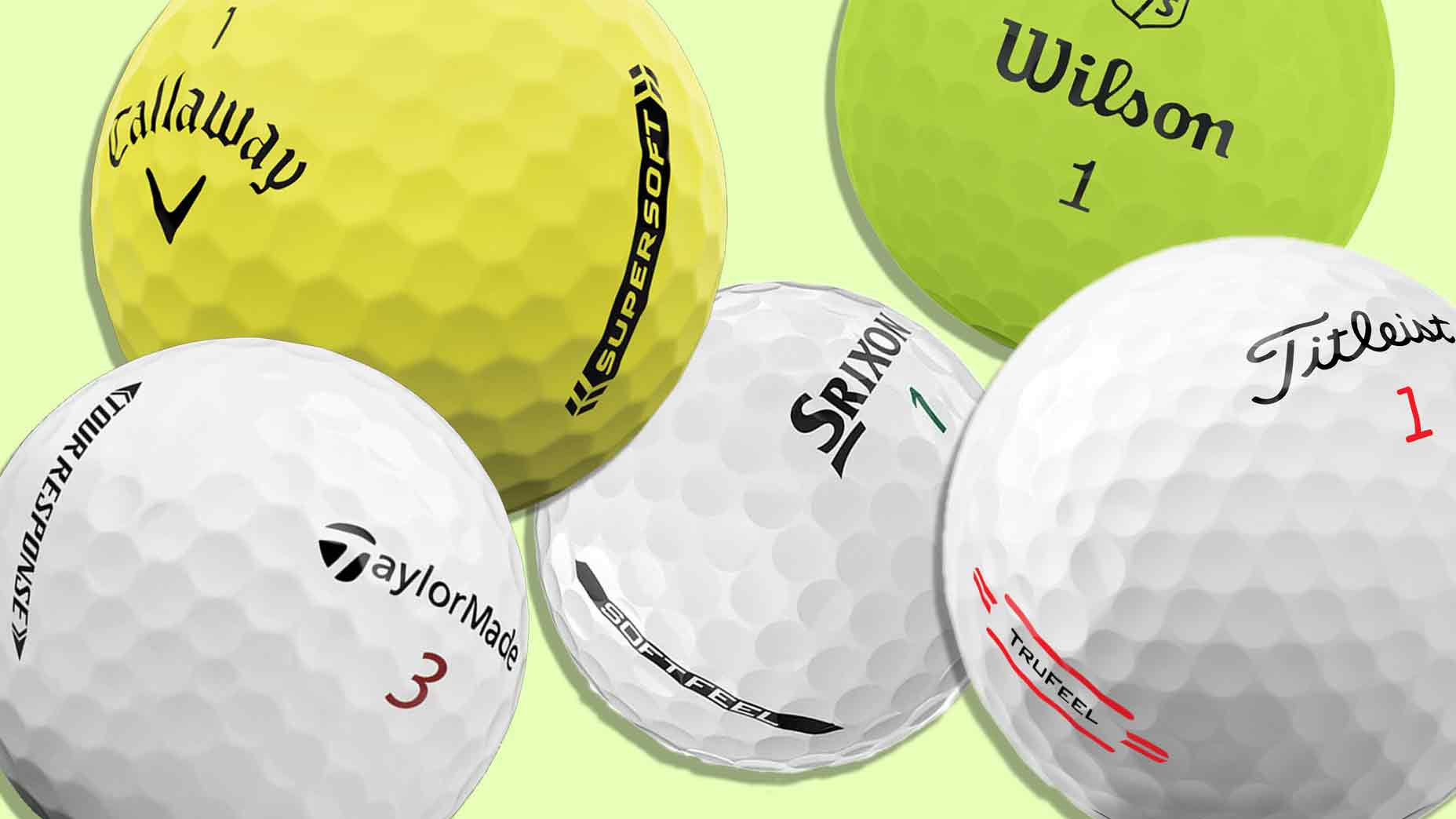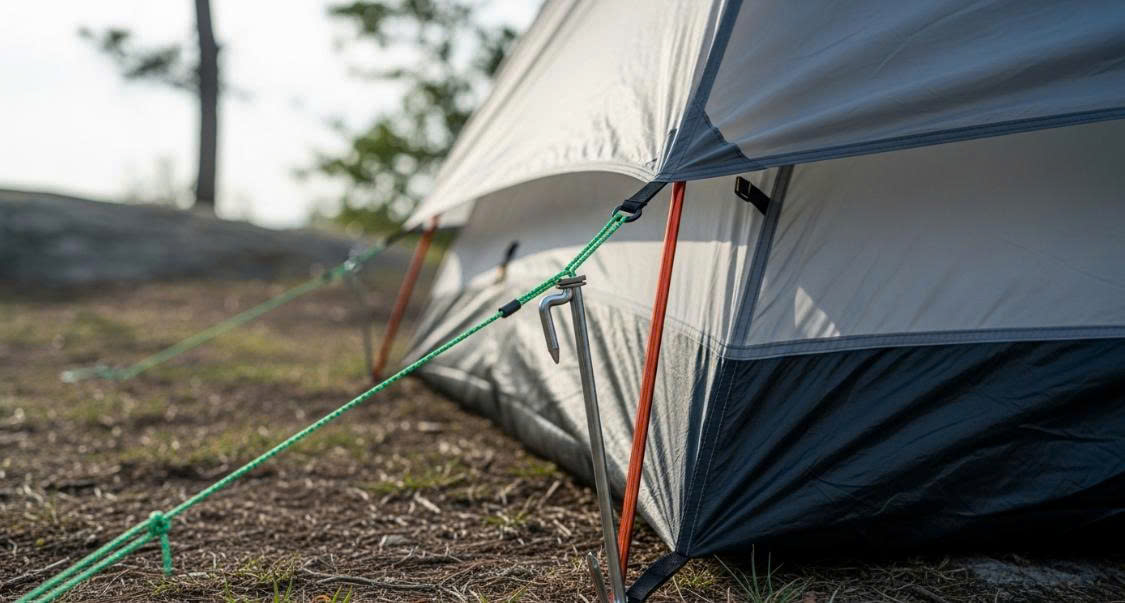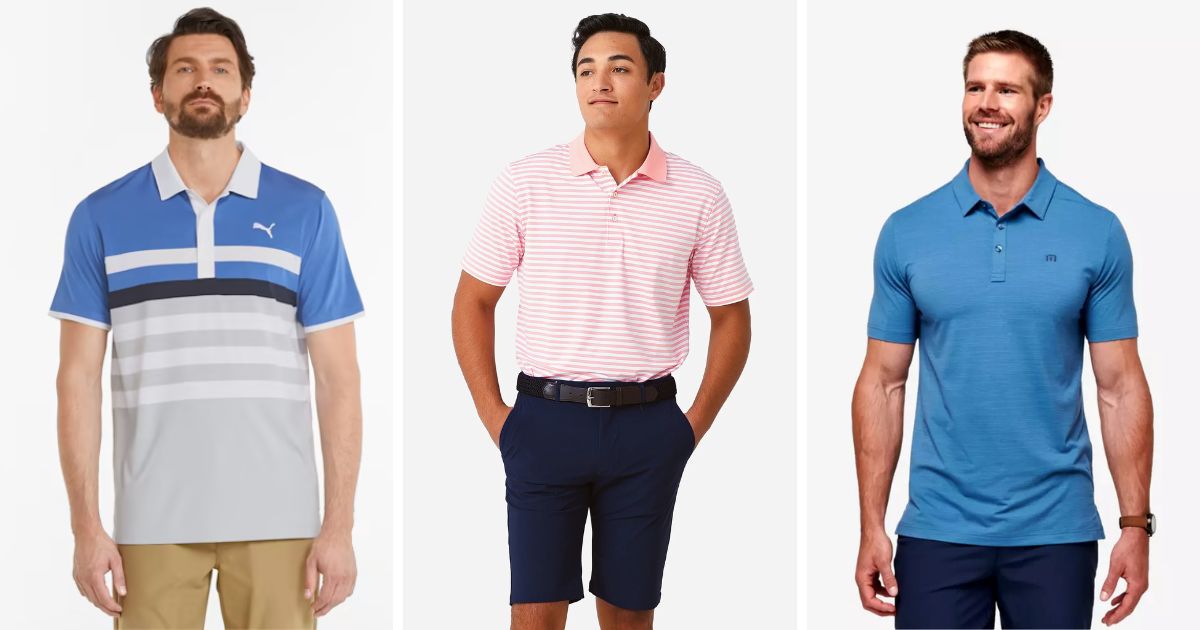A soft golf ball is characterized primarily by its lower compression rating, typically ranging from 35 to 65. This rating indicates how much the ball deforms when struck; softer balls deform more, providing a different feel and performance compared to harder balls, which have higher compression ratings (65 to 120) and deform less upon impact.
What to Consider When Buying a Soft Golf Ball
- Swing Speed: First and foremost, evaluate your swing speed with a launch monitor if possible. Anything under 90-95 mph will see clear benefits from a softer ball's extra forgiveness.
- Course Conditions: Take note of terrain - softer balls work best when greens are wet/firmer, while higher handicappers can still control a slightly firmer ball on dry conditions.
- Weather: Temperature really does affect feel and playability. For cool mornings especially, a softer ball protects your hands and provides that much-needed cushioned feel at impact.
- Budget: You don't need to spend top-dollar to get performance. While Pro V1 is amazing, plenty of $20-$30 balls offer 60-80 compression for solid distance and short game control. I'm also able to provide deep discounts on all top brands through exclusive retailer partnerships.
Always remember - it's about optimizing your natural ability rather than mimicking the Tour. A softer ball allows you to play to your strengths and shape shots in tough situations. Test a few models and see which one unlocks new consistency.
What are the Different Types of Soft Golf Balls?
- Titleist Pro V1: As the gold standard, it still offers forgiveness at 80 compression with incredible durability. Distance players appreciate the penetrating ball flight.
- Wilson Duo Soft: At 35 compression, nothing feels softer off the face. But its extremely low spin hurts carry for faster swings. Best for true beginners.
- Callaway Supersoft: At 38 compression, this lives up to its name with an ultra-plush feel. High-launching aids those with slower speeds to maximize distance.
- TaylorMade Soft Response: Forgiving construction at 50 compression. But the short game spin really stood out - it stops on a dime near the hole.
- Titleist TruFeel: At its price point, it cannot be beat in terms of what you get. Distance is strong too for a 2-piece budget ball. Upped my confidence level right away.
Overall, test the ones matching your swing speed. Two I really recommend are Callaway Supersoft and TaylorMade - both feel spectacular around the green where strokes are made.
Features to Look for in Soft Golf Balls
- Urethane Cover: As someone who has dissected hundreds of balls, I can attest that Urethane-covered models like Pro V1 and E6 simply feel more responsive at impact. They provide that much-needed cushioned sensation.
- Multi-Layer Design: Multi-component cores and sophisticated Surlyn/Ionomer blends allow balls to withstand rigorous swings while retaining softness. Top models from Titleist, Bridgestone and Callaway showcase this engineering art.
- Low Compression: Numbers under 80, especially in the 60-75 range, maximize your natural launch angles. But quality construction is still vital - some "ultra-soft" balls lose too much distance precision.
- Premium Distance: While maximizing softness, major brands haven't forgotten about carry. You'll be surprised how models like AVX and ERC Soft still outperform harder discount balls.
- Consistent Greenside Spin: Nothing drops shots like flyers or skulled chips. Quality urethane covers impart soft, predictable check around the green.
How to Choose the Right Soft Golf Ball for You
For Norm the Beginner:
Wilson Duo Soft (35 compression): Ultra-forgiving off the face thanks to its super low compression. Multi-layer design provides distance for his developing swing.
For Reynolds the 15 Handicap:
Titleist AVX (70 compression): Tried and proven performer that maximizes mid-range swing speeds. Urethane cover imparts forgiveness and short game spin.
For Bobby the Senior Golfer:
Bridgestone E6 Soft (80 compression): As one of the most complete soft balls, it delivers on feel, launch and durability important to senior swings. Distance won't lag either.
And a final tip - always test multiple models on the range before fully committing. Subtle differences in construction become apparent from above and below impact. Take note of your typical miss-hits as well - some balls remedy hooks while others flatten out slices better.
Related: Hot Weather Effects on Golf Ball Distance Revealed by PGA Pros
FAQs
1. Do soft golf balls go further?
While soft balls don't generate as much ball speed as harder models, their increased launch angle helps maximize carry. With proper fitting, many soft balls can go just as far as regular balls for mid-high handicappers.
2. Are Callaway Supersoft golf balls good?
The Supersoft is one of the top performers in its class. At 38 compression, nothing feels better at impact. It also delivers strong distance through high launch and an optimized urethane cover. For slower swingers, it consistently delivers.
3. Are soft golf balls better?
For most amateur golfers, a soft ball in the 60-80 compression range is better than a very firm ball. They improve feel off the clubface and increase your natural launch angle for more carry. Just ensure it matches your swing speed.
4. Are supersoft golf balls good?
A ball categorized as "super soft" generally provides optimum forgiveness through its low compression rating. Models like Callaway Supersoft, Vice Duro, and Srixon Soft Feel are proven to boost confidence by minimizing the effects of mishits.
5. What is the softest golf ball?
The Wilson Duo Soft holds the title of absolute softest ball on the market at 35 compression. It feels like hitting a stress ball. However, its extremely low spin isn't suited for faster swings. For most, a ball in the 50-75 range feels plush without sacrificing performance.






.jpg)
.jpg)







